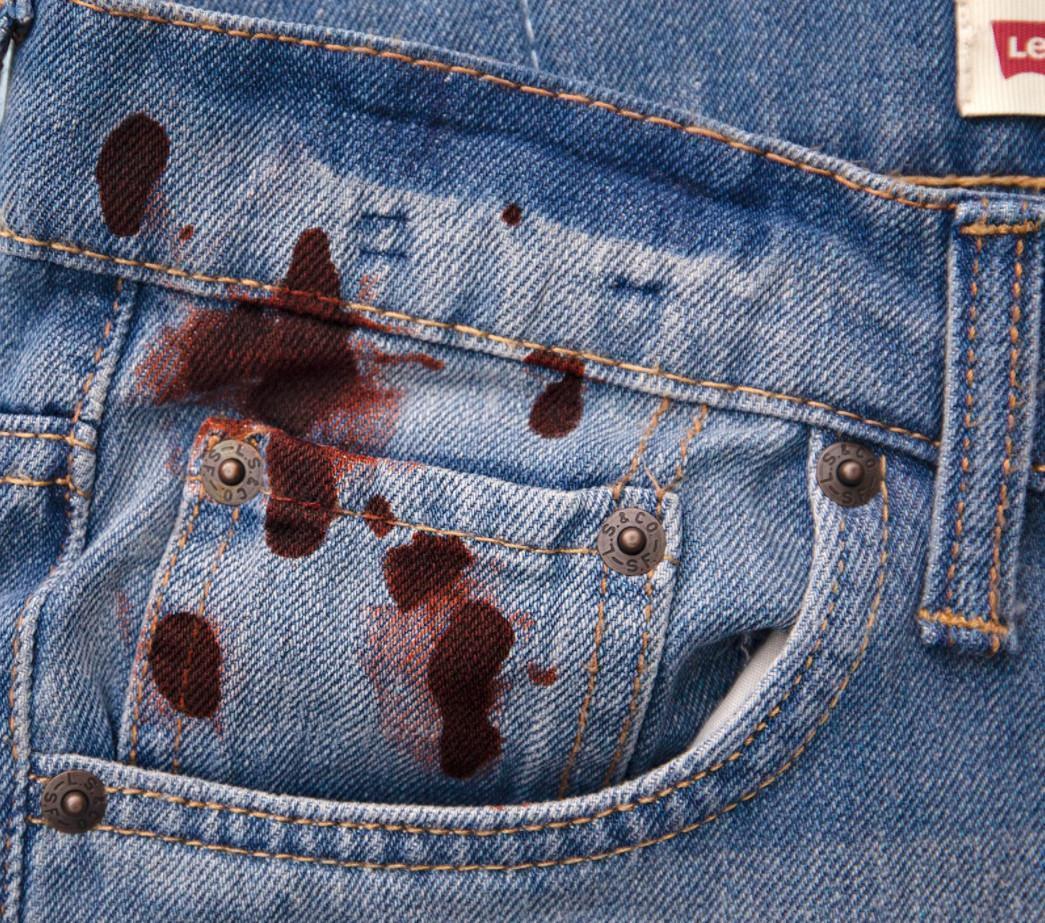

- Ref # CAB00140
- March 06, 2022
LAY OPINION TESTIMONY ON A BLOODSTAIN IS ADMISSIBLE (Peo. v. Phillips, 1DCA, #A156387, 2022 App. App. Lexis 164, 2/28/22)
CASE ALERT: LAY OPINION TESTIMONY ON A BLOODSTAIN IS ADMISSIBLE
Peo. v. Phillips, 1DCA, #A156387, 2022 App. App. Lexis 164, 2/28/22).
By Ray Hill, Professor Emeritus, Santa Rosa Junior College. Ray Hill is a retired Police Lieutenant and Professor Emeritus at Santa Rosa Junior College. He has taught in the POST Basic Academy and Advanced Officer Training for 45 years.
A 75-year old victim, suffering from late-stage lung cancer, was found beaten to death in his San Francisco apartment. Autopsy showed that he had suffered 12-13 blunt force trauma injuries to his head caused by an unknown object. The crime scene was a veritable smorgasbord of pooled blood and blood splatters on furniture, walls, and a bookshelf.
A review of apartment building surveillance camera footage showed that on a day covering the period of the victim’s estimated time of death, the defendant entered (was buzzed in) and exited the building several times. When he first entered the building there were no stains on his pants. After exiting the building, there was a dark stain on the left leg of the defendant’s cargo pants. This stain had not been present before. After entering and exiting the building again, there was a second dark stain on the pants. At trial, a SFPD Inspector testified that he believed the stains on defendant’s pants “were consistent with blood transferred from the crime scene”. Defendant claimed this testimony was prejudicial error because the Inspector was not an expert witness on bloodstain evidence.
1DCA ruled although the Inspector was not an expert witness, the admissibility of his opinion testimony was not prejudicial. The Inspector never testified the stains on the defendant’s pants “were or is blood”. Because of the Inspector’s experience and training in criminal investigations, he was “qualified to state something in his opinion (‘he believed’) the stains were consistent with a bloodstain and why (size, color, shape)”. Lay opinion is admissible when such testimony is helpful to the clear understanding of a witnesses’ testimony (800 E.C.). “The look of a bloodstain on fabric is not beyond a common experience that juror cannot evaluate it without expert testimony”. The weight or credibility to be given to opinion testimony is up to a jury’s determination of fact (CALCRIM 333 – “You may but are not required to accept these opinions as true or correct and may give them whatever weight you think appropriate”).
General Rule - Lay witnesses must testify to facts, not opinions. Exception - 800 E.C. covers areas of admissible opinion testimony are commonly encountered during your investigations (“In my opinion” – state of emotion, intoxication, injury, excessive speed, value, physical properties of substances like drugs and other contraband). Lay opinions are key in forming your probable cause to arrest (like in a DUI cases), probable cause to search (remember the suspected bloodstain on the door of O.J.’s Bronco justifying an exigency entry into his home in the belief that O.J. or another could be injured !), and placing your investigation in understandable continuity for the trier of fact (such as in this case).
Thank you, Inspector Discenza, SFPD, for this reminder on the value of the Opinion Evidence Rule.
Thank you for your service and stay safe,
RH







